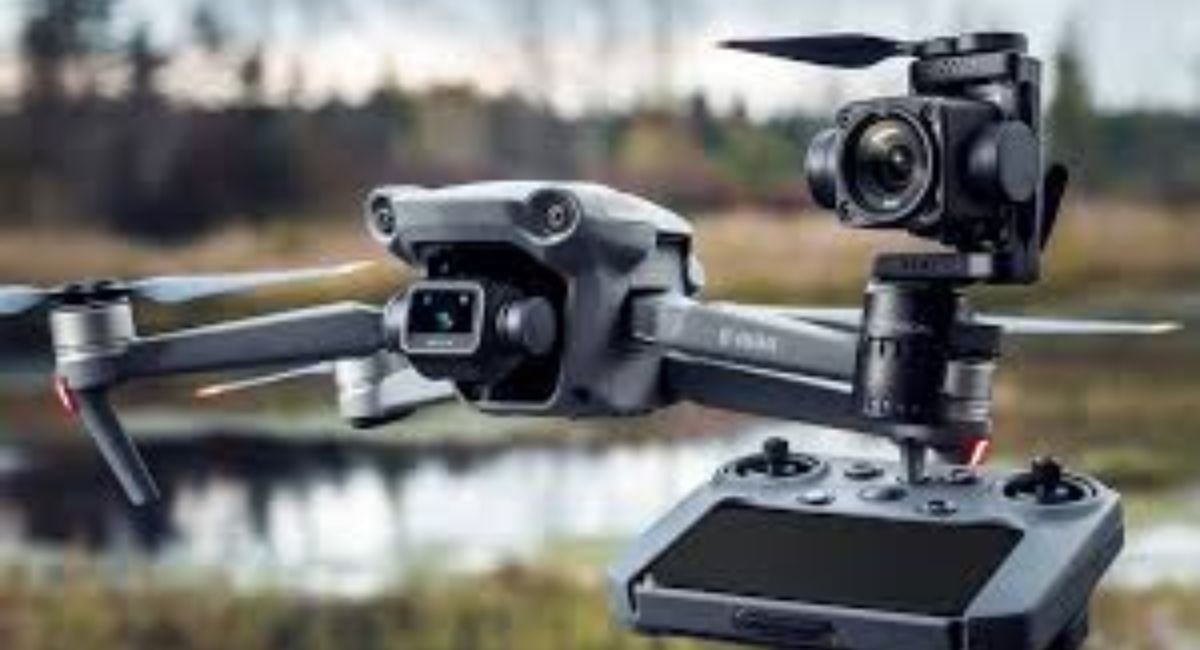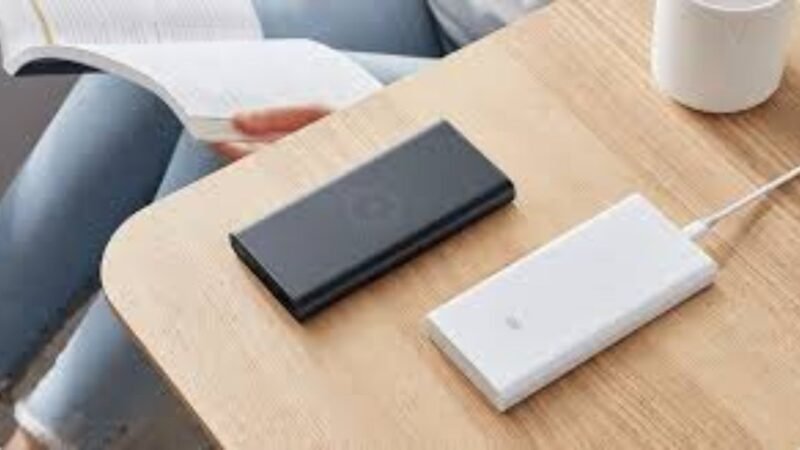Understanding the 9th Accord Drone at Idle: Causes and Solutions

Owning a car like the Honda Accord, especially the 9th Accord Drone at Idle, often comes with high expectations of comfort, performance, and reliability. However, one issue that has been widely discussed among owners is the persistent “drone” sound at idle. This peculiar sound can be unnerving, even in an otherwise quiet car. Understanding why this happens and how to mitigate it can significantly enhance your driving experience and eliminate that unwanted noise from your everyday commute.
What is the 9th Accord Drone at Idle?
The term “9th Accord Drone at Idle” in the automotive world typically refers to a low-frequency, continuous sound that can be heard, especially when the vehicle is idling. In the case of the 9th-generation Honda Accord, many owners have reported a droning sound when the car is stationary, with the engine running but not accelerating. The noise can be subtle, but for those who are more sensitive to such sounds, it can become an annoyance, detracting from the otherwise pleasant driving experience that the Accord is known for.
Why Does the 9th Accord Drone at Idle?
The causes behind the 9th Accord drone at idle can be multifaceted, involving a mix of engine characteristics, exhaust system design, and other mechanical factors. Several potential sources have been identified:
- Exhaust System Design: One of the primary culprits for the droning noise is the design of the exhaust system. Exhaust resonance, particularly from the muffler or the catalytic converter, can lead to a droning sound that becomes more pronounced when the engine is not under load (i.e., at idle).
- Engine Mounts: Worn or faulty engine mounts can transmit more vibration from the engine into the cabin, leading to an increase in perceived noise. If the mounts are unable to properly absorb engine vibrations, the result can be an amplified drone at idle.
- Idle Speed Control (ISC) Valve: The ISC valve is responsible for managing the engine’s idle speed. If this component is malfunctioning or not calibrated correctly, it could lead to irregular idle speeds, which can contribute to an uneven or droning sound.
- Cylinder Deactivation Technology: The 9th-gen Accord comes with Honda’s i-VTEC engine, which features Variable Cylinder Management (VCM) technology. While VCM helps improve fuel efficiency, the transition between activating and deactivating cylinders can occasionally cause a droning sound, especially at lower RPMs.
Impact of the Drone on Driving Experience
While the drone at idle may seem like a minor issue to some, it can actually have a significant impact on the overall driving experience. For instance, continuous exposure to low-frequency sounds can be fatiguing for drivers, especially during long commutes or trips. In more severe cases, the drone can even be a source of stress or distraction, making it harder to focus on driving.
Moreover, while the noise itself may not directly affect the vehicle’s performance, it can signal underlying mechanical issues that, if left unchecked, could lead to more serious problems down the line. Therefore, addressing the drone should not only be a matter of comfort but also of vehicle maintenance.
How to Fix the 9th Accord Drone at Idle
There are several potential solutions to the 9th Accord drone at idle, ranging from simple DIY fixes to more complex mechanical adjustments. Here are some of the most effective strategies:
- Upgrade the Exhaust System: Since the exhaust system is a common cause of droning noises, upgrading it can often reduce or eliminate the problem. Aftermarket exhaust components, such as resonators or mufflers, are designed to minimize resonance and reduce unwanted sounds. Many owners report success with installing a resonator that cancels out certain frequencies, thus reducing the drone.
- Replace Engine Mounts: If the engine mounts are worn or damaged, replacing them can drastically reduce the amount of vibration transmitted into the cabin. In many cases, this alone can resolve the drone at idle issue.
- Check the Idle Speed Control Valve: Ensuring that the ISC valve is functioning correctly and properly calibrated can help maintain a steady idle speed and reduce the chances of irregular noise at idle.
- Disable Cylinder Deactivation: While cylinder deactivation is designed to improve fuel economy, some owners choose to disable this feature to eliminate the droning sound it can cause. This can be done through aftermarket tuners or software updates, though it may come at the cost of reduced fuel efficiency.
Preventing the Drone: Maintenance Tips for the 9th Accord
Regular maintenance is key to preventing issues like droning noises from occurring in the first place. By keeping your Honda Accord in good shape, you can minimize the chances of encountering this issue. Here are some maintenance tips to help:
- Regular Exhaust Inspections: Since the exhaust system is a known source of drone, regular inspections can help catch potential problems early on. Check for any leaks, rust, or damage that could contribute to unwanted noise.
- Routine Engine Mount Checks: Ensuring that your engine mounts are in good condition can go a long way in preventing vibrations and noise from seeping into the cabin. Have them inspected during regular service intervals, and replace them if necessary.
- Software Updates: Honda frequently releases software updates for their vehicles, which can address various issues, including noise problems. Make sure your car is running the latest software to take advantage of any fixes that might be available.
Exploring Other Common Issues with the 9th Accord
While the drone at idle is a notable issue, it’s not the only concern that 9th-generation Accord owners may face. Being aware of other common problems can help you take proactive measures to ensure a smoother, more enjoyable driving experience. Some of these issues include:
- Transmission Problems: Some 9th-gen Accord owners have reported transmission issues, particularly with the CVT models. Common symptoms include rough shifting, hesitation, and even complete transmission failure. Regular transmission fluid changes and software updates can help mitigate these problems.
- Infotainment Glitches: The infotainment system in the 9th Accord can sometimes be prone to freezing or malfunctioning. Resetting the system or performing software updates can often resolve these issues.
- Brake Wear: Premature brake wear has been reported by some 9th Accord owners, particularly with the rear brakes. Regular brake inspections and choosing higher-quality brake pads can help extend the lifespan of your braking system.
When to Seek Professional Help for the Drone at Idle
While many fixes for the drone at idle can be done by the average car owner, there are times when seeking professional help is necessary. If you’ve tried the basic fixes and the noise persists, or if you’re not comfortable working on your car, it’s best to take it to a mechanic. A professional can diagnose the issue more accurately and recommend the best course of action.
When choosing a mechanic, it’s important to find one who is familiar with Honda vehicles, as they will be better equipped to handle the specific quirks of the Accord. Additionally, ensure that they have experience with diagnosing and fixing noise issues, as this can save you time and money in the long run.
9th Accord Drone at Idle: Is It Worth Worrying About?
Ultimately, the significance of the 9th Accord drone at idle depends on your personal tolerance for noise and how much it impacts your driving experience. For some, it may be a minor inconvenience that is easily ignored, while for others, it could be a source of frustration that needs to be addressed immediately.
The key takeaway is that while the drone may not indicate a serious mechanical problem, it is worth investigating and resolving, especially if it detracts from your enjoyment of the car. By following the tips outlined in this article, you can reduce or eliminate the drone, ensuring a quieter, more comfortable ride in your 9th-gen Honda Accord.
Frequently Asked Questions
How can I reduce the 9th Accord drone at idle?
There are several ways to reduce the drone, including upgrading the exhaust system, replacing worn engine mounts, and ensuring the ISC valve is functioning correctly. Each solution addresses a different potential cause, so it’s important to diagnose the issue properly before making changes.
Is the 9th Accord drone at idle a common problem?
Yes, many 9th-generation Accord owners have reported hearing a droning sound at idle. While it’s not a universal issue, it is common enough to warrant attention, especially for those who are more sensitive to low-frequency noises.
Does the drone at idle indicate a serious mechanical issue?
Not necessarily. The drone at idle is often caused by normal mechanical processes, such as exhaust resonance or engine vibrations. However, it’s always a good idea to investigate the cause, as it could indicate worn components that may need to be replaced.
Can cylinder deactivation cause the drone at idle?
Yes, the 9th-gen Accord’s Variable Cylinder Management (VCM) system can contribute to a droning sound at idle, as it deactivates and reactivates cylinders to improve fuel efficiency. Disabling this feature can sometimes reduce or eliminate the noise.
How much does it cost to fix the drone at idle?
The cost to fix the drone can vary depending on the cause and the solution. Replacing engine mounts, upgrading the exhaust system, or disabling cylinder deactivation can all come with different price tags. It’s best to get a diagnosis from a mechanic to determine the most cost-effective solution.
Can a mechanic help with the 9th Accord drone at idle?
Yes, a professional mechanic can diagnose and fix the drone at idle. If you’ve tried basic fixes and the noise persists, or if you’re not comfortable working on your car, taking it to a mechanic is a good idea.
Conclusion
The 9th Accord drone at idle may be a small issue in the grand scheme of things, but it’s one that can greatly affect your driving experience. By understanding the causes and solutions, you can take the necessary steps to eliminate the noise and enjoy a quieter, more peaceful ride. Regular maintenance, careful inspections, and the right upgrades can all help ensure that your Honda Accord remains the reliable, comfortable car you’ve come to expect.





